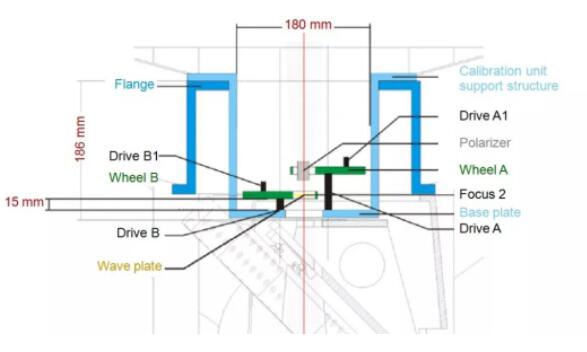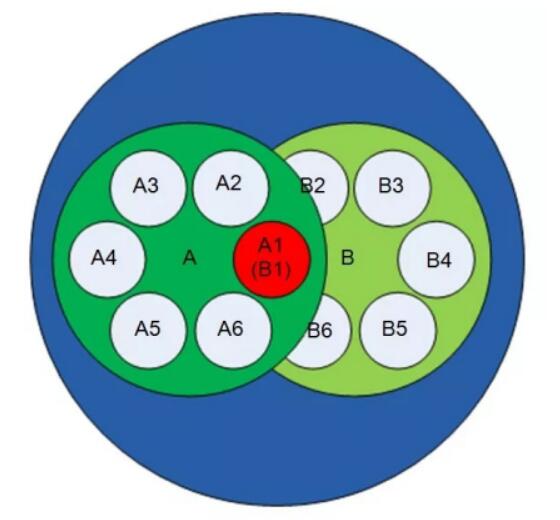Abstract
Practically all solar phenomena are more or less relative to the solar magnetic field. It produces relatively stable structures like sunspots or prominences and is responsible for spectacular dynamic phenomena like flares or coronal mass ejections. However, the generation, amplification and destruction of magnetic fields remain poorly understood. The knowledge of its magnitude and direction is crucial for interpreting measurements of other parameters, and it can be measured usually by a polarimetry at some special spectral lines, which should be sensitive to the Zeeman effect. To answer what physical mechanisms are responsible for heating the corona, what causes variations of radiative output in the Sun, and what mechanisms trigger flares and coronal mass ejections and so on, many large aperture solar telescope have been developed (such as VTT, GREGOR, NST) or have being developed (such as DKIST, EST), and the Stokes polarimetry is their most important observational device for determining the magnetic field. The Chinese large solar telescope (CLST) with a 1.8-m aperture is a classic Gregorian configuration telescope with an alt-azimuth mount. It will be the second largest solar telescope in the world for a long time. And it is the main task for the Chinese large solar telescope (CLST) to measure the solar polarization with a high accuracy and sensitivity. However, as a classic Gregorian configuration telescope with an alt-azimuth mount, the telescope system itself will introduce instrumental polarization. And it also will change constantly with the rotating of the telescope. Therefore a calibration unit which produces light of known polarization states is necessary to measure the Muller matrix of the system and apply the correction numerically on the measured Stokes vector.
 |  |
DOI: 10.12086/oee.2018.180058
http://www.oejournal.org/J/OEE/Article/Details/A181101000003/CN
Supported by National Natural Science Foundation of China (11178004, 11727805)





